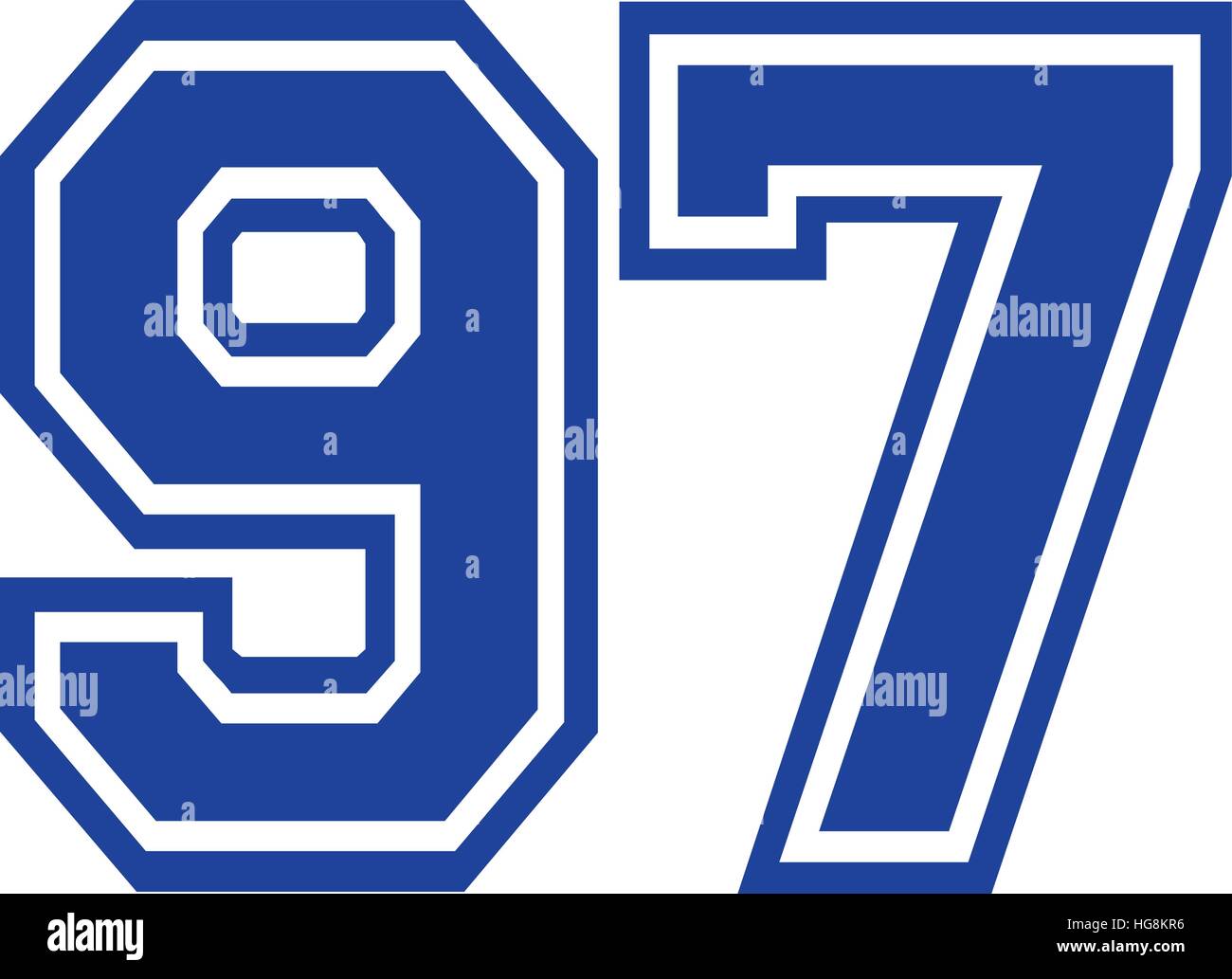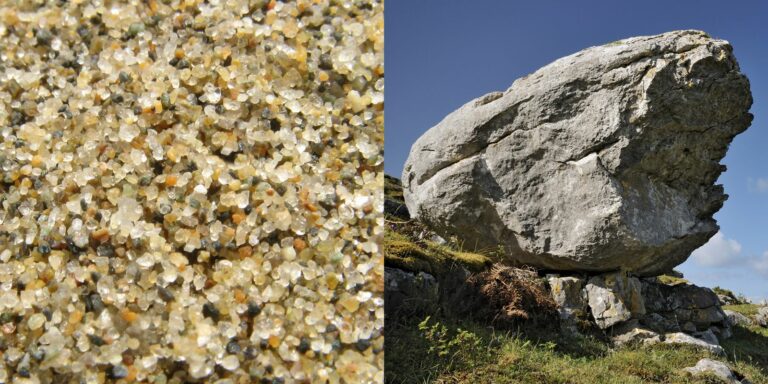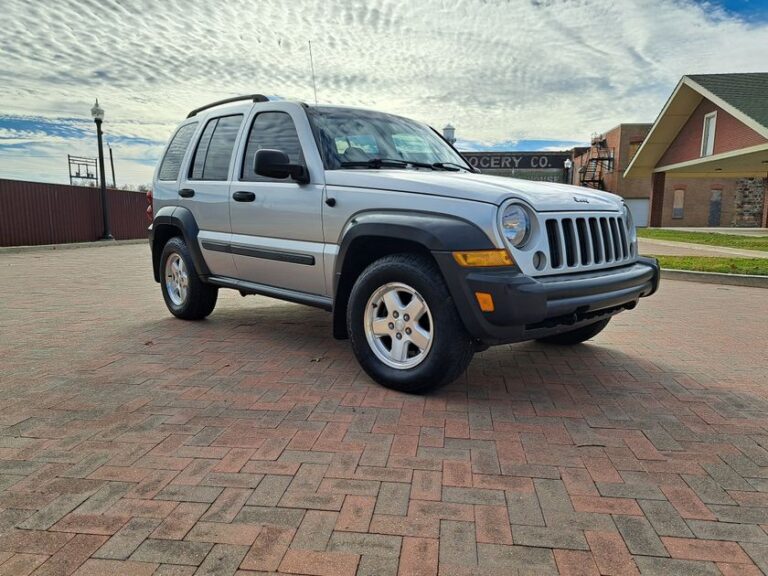97 Jeep Wrangler Sahara For Sale: Your Comprehensive Guide to Finding and Owning a Classic TJ
97 Jeep Wrangler Sahara For Sale: Your Comprehensive Guide to Finding and Owning a Classic TJ jeeps.truckstrend.com
The allure of the Jeep Wrangler is undeniable. It’s more than just a vehicle; it’s a statement of adventure, freedom, and an enduring connection to the open road – or the rugged trail. Among the many iterations of this iconic 4×4, the 1997 Jeep Wrangler Sahara holds a special place in the hearts of enthusiasts. As the inaugural year of the beloved TJ generation, the ’97 Sahara offers a compelling blend of classic Jeep aesthetics with modern comforts, making it a highly sought-after model in the used car market.
This article serves as a comprehensive guide for anyone looking at a "97 Jeep Wrangler Sahara For Sale." We’ll delve into what makes this specific model year and trim level so desirable, what to meticulously inspect before making a purchase, the joys and challenges of ownership, and provide practical advice to ensure you make an informed decision. Whether you’re a seasoned Jeeper or a newcomer eager to experience the legendary off-road lifestyle, understanding the nuances of the ’97 Sahara is crucial.
97 Jeep Wrangler Sahara For Sale: Your Comprehensive Guide to Finding and Owning a Classic TJ
Why the 1997 Jeep Wrangler Sahara Stands Out
The 1997 model year marked a significant evolution for the Wrangler, ushering in the TJ generation. This was a pivotal moment, as Jeep transitioned from the leaf-sprung YJ to a more refined coil-spring suspension system. This change dramatically improved the Wrangler’s on-road ride quality and handling, making it a much more comfortable daily driver without sacrificing its legendary off-road prowess.
The TJ Generation’s Significance:
The TJ’s coil-spring suspension, borrowed from the Grand Cherokee, offered significantly more articulation and a smoother ride compared to its leaf-sprung predecessors. This innovation made the TJ incredibly capable off-road right from the factory, while also making longer journeys far more tolerable.
The 1997 Model Year: A Unique First:
As the first year of the TJ, the 1997 model holds a unique place. While later TJs benefited from minor refinements, the ’97 still embodies the initial vision of the coil-sprung Wrangler. It retains the classic round headlights, fold-down windshield, and removable doors that define the Wrangler experience. Early production models can sometimes have unique quirks, but generally, the ’97 TJ is robust and well-engineered.
The Sahara Trim Level: The Best of Both Worlds:
Within the TJ lineup, the Sahara trim was positioned as the top-tier offering, blending rugged capability with a touch more refinement and comfort. When you see a "97 Jeep Wrangler Sahara For Sale," you’re typically looking at a vehicle equipped with:

- Body-color fender flares (often green or tan, matching the interior accents).
- Exclusive alloy wheels.
- Unique exterior graphics and badging.
- Upgraded interior, often featuring premium cloth seats, specific trim, and more creature comforts like air conditioning and cruise control (though these were often optional).
- Fog lights and a more comprehensive sound system.

The Sahara’s combination of iconic looks, improved ride, and enhanced features makes it a highly desirable choice for those seeking a classic Wrangler with a touch more civility. Its timeless appeal is further bolstered by its incredible durability, vast customization potential, vibrant community, and strong resale value.
Key Features and Specifications of the ’97 Sahara
Understanding the core specifications of the 1997 Jeep Wrangler Sahara is essential for any potential buyer.

- Engine Options:
- 4.0L AMC I6 (Inline-6): This is the engine you want. Renowned for its bulletproof reliability, strong low-end torque, and ease of maintenance, the 4.0L is a workhorse that can easily last for 200,000+ miles with proper care. It produces around 180 horsepower and 220 lb-ft of torque, ample for both highway cruising and off-road crawling. Most Saharas came with this engine.
- 2.5L AMC I4 (Inline-4): While available in some base models, it’s less common in the Sahara. It offers better fuel economy but significantly less power (around 120 hp), which can feel sluggish, especially with larger tires or on inclines.
- Transmission Options:
- 5-Speed Manual (AX-15): The preferred choice for many enthusiasts due to its direct engagement and robust nature.
- 3-Speed Automatic (32RH): A durable, albeit less fuel-efficient, option for those who prefer an automatic.
- Drivetrain:
- Command-Trac (NP231) Transfer Case: A part-time 4WD system, highly reliable and capable. It offers 2HI, 4HI, and 4LO settings.
- Dana 30 Front Axle, Dana 35 Rear Axle: Standard on most TJs. The Dana 35 is known to be a weak point for aggressive off-roading with larger tires, but it’s generally fine for stock or mildly modified Jeeps.
- Standard Sahara Features (May vary based on original options): Body-color fender flares, specific 15-inch alloy wheels, fog lights, tinted rear windows, Sahara interior package (premium cloth seats, unique gauge cluster, floor mats), full center console, power steering, tilt steering column, full metal doors (half doors optional). Air conditioning and cruise control were common options.
- Dimensions: Wheelbase: 93.4 inches; Length: 151.6 inches; Width: 66.7 inches. These compact dimensions contribute to its excellent maneuverability off-road.
What to Look For When Buying a ’97 Jeep Wrangler Sahara (The "How-To Guide" Aspect)
When a "97 Jeep Wrangler Sahara For Sale" catches your eye, a thorough inspection is paramount. These vehicles are now over 25 years old, and their condition can vary wildly.
Pre-Purchase Inspection Essentials:
- Rust (The #1 Killer): This is the most critical area.
- Frame: Inspect the frame thoroughly, especially around the control arm mounts, skid plates, and the rear section near the bumper. Look for bubbling, flaking, or rot. Tap with a hammer – if it sounds dull or soft, walk away.
- Floorboards: Check under the carpet for rust, particularly near the drain plugs and seat mounts.
- Body Mounts: Inspect where the body meets the frame.
- Fenders/Rocker Panels: These are common areas for surface rust and can indicate deeper issues.
- Engine (4.0L I6):
- Leaks: The Rear Main Seal (RMS) leak is notorious but often minor. Check for oil drips under the engine. Valve cover gaskets can also leak.
- Sounds: Listen for any knocking, ticking (could be lifters), or unusual noises. A slight "Jeep tick" from the injectors is normal.
- Fluids: Check oil, coolant, power steering, and brake fluid levels and condition.
- Maintenance Records: Ask for service history. A well-documented vehicle is a good sign.
- Transmission & Drivetrain:
- Manual: Check clutch engagement, smooth shifting, and any grinding noises.
- Automatic: Ensure smooth shifts, no harsh jerks or slipping.
- 4WD: Engage 4-High and 4-Low. Ensure the transfer case shifts smoothly and the 4WD light illuminates. Drive a short distance on a loose surface (gravel/dirt) to confirm engagement.
- U-Joints & Driveshafts: Inspect for play or clunking sounds.
- Differentials: Check for leaks around the covers.
- Suspension & Steering:
- Lift Kits: Many TJs are lifted. Assess the quality of the lift (reputable brand vs. cheap spacers). Poorly installed lifts can cause issues.
- Shocks/Springs: Check for leaks on shocks, sagging springs.
- Bushings: Inspect control arm bushings for cracks or wear.
- Steering Components: Look for play in the tie rods, drag link, and ball joints. Excessive play can contribute to the dreaded "Death Wobble."
- Brakes: Check pad thickness, rotor condition, and brake fluid. Test the parking brake.
- Electrical: Test all lights (interior/exterior), gauges, HVAC (heater/AC), power windows (if equipped), and radio. TJs can have minor electrical gremlins with age.
- Interior & Top:
- Seats/Carpet: Look for rips, tears, excessive wear, and signs of water damage (which could indicate leaks).
- Soft Top/Hard Top: Check for rips, tears, cloudy windows, and proper sealing. Hard tops should be free of major cracks.
- Doors: Ensure they open, close, and seal properly.
Mileage vs. Condition: Don’t let high mileage immediately deter you, especially with the 4.0L engine. A well-maintained TJ with 150,000+ miles can be a better buy than a lower-mileage example that has been neglected or abused. Focus on the overall condition and maintenance history.
Modifications: Be wary of heavily modified Jeeps unless you understand the modifications and their quality. Poorly done lifts or engine mods can lead to expensive problems. Assess if the modifications align with your intended use.
Documentation: Always ask for service records, receipts for parts, and a clear title. A clean CarFax or similar report is also advisable.
Owning a ’97 Jeep Wrangler Sahara: Benefits, Challenges, and Tips
Deciding on a "97 Jeep Wrangler Sahara For Sale" means embracing a unique ownership experience.
Benefits of Ownership:
- Unrivaled Off-Road Capability: Even stock, the TJ is incredibly capable. With minor modifications, it can tackle serious trails.
- Customization Potential: The aftermarket is immense. You can tailor your TJ to your exact needs, from mild to wild.
- Strong Community: The Jeep community is vast, welcoming, and incredibly helpful. You’ll find a wealth of knowledge and support.
- Holds Value Well: TJs, especially 4.0L Saharas, tend to retain their value remarkably well compared to other vehicles of similar age.
- The "Fun Factor": Driving a TJ, especially with the top down and doors off, is an unparalleled experience that few other vehicles can match.
Common Challenges & Maintenance Considerations:
- Rust: As mentioned, this is an ongoing battle, especially in areas with road salt. Proactive rust prevention is key.
- Rear Main Seal (RMS) Leak: A common, often minor, oil leak from the rear of the engine. Not catastrophic, but something to monitor.
- "Death Wobble": A violent, uncontrollable shaking of the front end that occurs at certain speeds, usually after hitting a bump. It’s almost always caused by worn steering or suspension components (ball joints, track bar, tie rods). It’s fixable but can be unnerving.
- Aging Electrical Components: Minor issues with gauges, lights, or sensors can pop up as the wiring and connectors age.
- Fuel Pump Issues: The fuel pump is located inside the fuel tank and can fail, leading to starting problems.
- Soft Top/Door Seal Leaks: Expect some water intrusion during heavy rains, especially if the seals or soft top are old. It’s part of the Jeep charm for many!
Tips for Ownership:
- Regular Maintenance is Key: Stick to the service schedule. Change fluids, check for wear, and address small issues before they become big ones.
- Rust Prevention: Wash the underside regularly, especially after driving on salted roads. Consider applying rust-inhibiting coatings.
- Join Forums/Clubs: Websites like JeepForum.com or local Jeep clubs are invaluable resources for troubleshooting, advice, and camaraderie.
- Learn Basic DIY: TJs are relatively simple vehicles. Learning to do your own oil changes, brake jobs, or minor repairs can save a lot of money and deepen your understanding of your Jeep.
- Embrace the "Jeep Life": Understand that a TJ is not a luxury sedan. It’s rugged, sometimes quirky, and designed for adventure.
Pricing and Valuation: A ’97 Jeep Wrangler Sahara For Sale
The price of a "97 Jeep Wrangler Sahara For Sale" can vary significantly based on several factors:
- Overall Condition: Rust-free examples in excellent mechanical and cosmetic shape command premium prices.
- Mileage: Lower mileage generally means higher prices, but condition trumps mileage.
- Modifications: Well-done, desirable modifications (e.g., quality lift, lockers) can add value, while cheap or poorly installed ones can detract.
- Engine (4.0L vs. 2.5L): 4.0L models are almost always more valuable.
- Transmission (Manual vs. Auto): The manual often fetches a slightly higher price among enthusiasts.
- Location: Prices can vary regionally based on demand and climate (e.g., rust-free southern states often have higher prices).
- Hardtop vs. Soft Top: Having both or a hardtop typically adds value.
Where to Look:
- Online Marketplaces: Craigslist, Facebook Marketplace, eBay Motors, AutoTrader.
- Specialty Dealers: Some dealerships specialize in used Jeeps.
- Private Sellers: Often the best deals can be found here, but require more due diligence.
- Enthusiast Forums: Sometimes members sell their well-maintained Jeeps directly.
Negotiation Tips:
Be prepared to negotiate. Point out any flaws or required repairs you found during your inspection to justify a lower offer. Have financing pre-approved if needed.
Here is a hypothetical "table price" or detailed listing example for a typical 1997 Jeep Wrangler Sahara for sale, providing a comprehensive overview of what you might find and expect regarding its value:
| Feature/Category | Details






